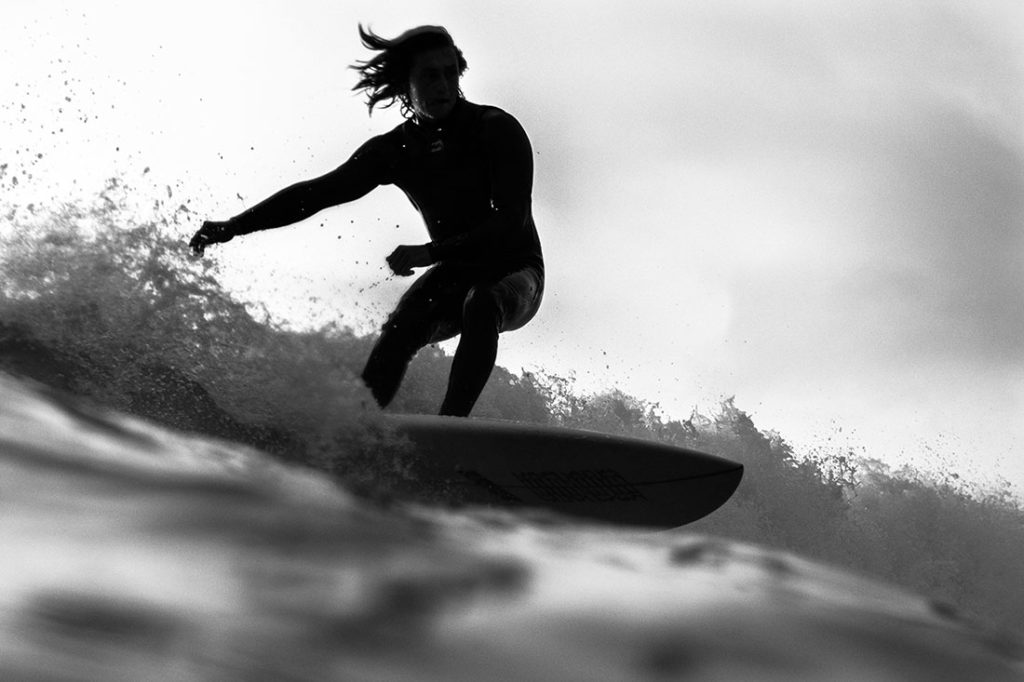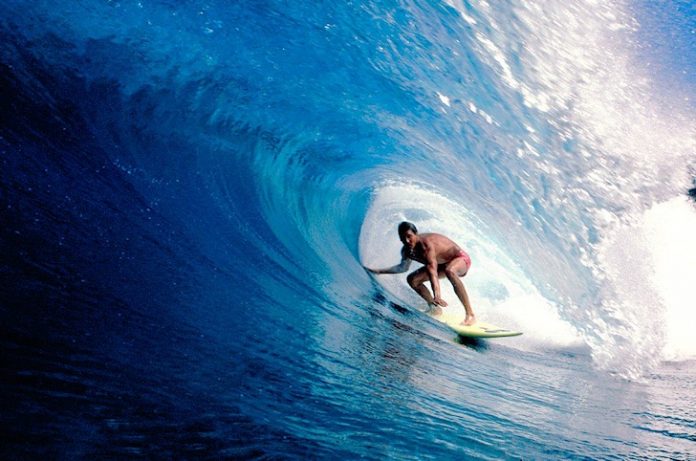Are you looking to up your surfing game? Do you want to ride the waves with confidence and ease? Whether you’re a beginner or a seasoned surfer, mastering the art of surfing is a lifelong pursuit. But fear not, with the right techniques and tips, you can ride the waves like a pro.
In this article, you’ll learn everything you need to know about surfing, from understanding the types of waves and how to read them, to mastering the art of paddling and popping up. You’ll also discover techniques for staying balanced while riding the wave and advanced moves like carving and aerials. And, of course, we’ll cover the most important aspect of surfing: safety.
So, grab your board and let’s dive into the world of surfing.

Contents
Understanding the Types of Waves and How to Read Them
Don’t miss out on the ride of your life – learn how to read and ride all types of waves like a pro!
Before you hit the waves, it’s important to understand the different types of waves and how they work. Waves come in all shapes and sizes, from small ripples to massive swells, and they can be created by a variety of factors such as wind, tides, and underwater geography.
To read waves, you need to pay attention to their size, shape, and direction. A wave’s size is determined by its height, which is measured from the crest (the top of the wave) to the trough (the bottom of the wave).
The shape of a wave can also give you clues about its strength and direction. A steep wave with a sharp crest and short wavelength is usually more powerful and can create a faster ride than a gentle, rolling wave.
Finally, a wave’s direction is determined by the angle at which it breaks and the direction of the wind. By understanding these factors, you can anticipate how a wave will behave and position yourself for the best ride.
Mastering the Art of Paddling and Popping Up
Improving your paddling technique and perfecting your pop-up are essential skills for becoming a proficient surfer.
Paddling is what gets you out into the lineup, and it’s important to do it efficiently. Use your arms to paddle, keeping them straight and close to the board. Avoid splashing too much, as this will slow you down. Instead, focus on a smooth and steady stroke, using the power from your core and legs to generate speed.
Remember to keep your head up and look towards the horizon to maintain balance.
The pop-up is the move that gets you from lying on your board to standing up. It’s important to do this quickly and smoothly to catch the wave before it passes you by.
Start by lying flat on your board with your hands near your shoulders. Push up with your arms, bringing your front foot up to where your chest was and then quickly swinging your back foot up to a standing position.
Remember to center your weight over the board and keep your knees slightly bent for balance. With practice, you’ll be able to pop up with ease and catch more waves.
Riding the Wave: Techniques for Staying Balanced
As you ride the wave, it’s crucial to maintain balance by shifting your weight and using your core muscles. Keep your knees bent and your arms out for balance.
When you feel the wave pick you up, lean forward slightly and put more weight on your front foot. This will help you stay on top of the wave and prevent you from falling off.
As you gain more experience, you can try more advanced techniques like carving and pumping. Carving involves using your weight and body movements to turn on the wave. Pumping involves using your legs to generate speed by pushing down and up on the board.
Remember to always be aware of your surroundings and other surfers in the water. With practice and patience, you’ll soon be riding the waves like a pro.
Advanced Techniques: Carving and Aerials
Get ready to take your surfing to the next level with advanced techniques like carving and aerials, which will leave you feeling exhilarated and accomplished.
Carving is all about making smooth, flowing turns on the wave face. To carve, you’ll need to lean into your turns and shift your weight from one foot to the other. To get the most out of your turns, try to keep your board as close to the wave face as possible. This will help you maintain your speed and momentum, which is key to carving successfully.
Aerials, on the other hand, are all about catching air and performing tricks above the wave. To perform an aerial, you’ll need to launch yourself off the wave with enough speed and height to execute your desired trick. This can be achieved through a variety of techniques, including pumping your board for speed, using the wave’s momentum, or even using a ramp-like section of the wave.
Once you’re in the air, it’s up to you to execute your trick with style and grace. With practice and determination, you’ll soon be carving and soaring like a pro surfer.
Safety Tips for Surfing Enthusiasts
Ensuring your safety while riding the ocean’s waves is crucial, and there are a few key tips that can help you avoid potential hazards.
First and foremost, always check the weather and surf conditions before heading out. Large swells, strong winds, or storms can create dangerous conditions for even the most experienced surfers. It’s important to know your limits and avoid surfing in conditions that are beyond your skill level.
Another important safety tip is to never surf alone. Always bring a buddy who can watch your back and offer help in case of an emergency. It’s also a good idea to let someone on the shore know where you’ll be surfing and when you expect to return. In case anything goes wrong, they’ll know where to look for you.
Lastly, always wear the appropriate safety gear, including a leash and a wetsuit. A leash will keep your board close and prevent it from drifting away, while a wetsuit will protect your body from the cold water and potential stings from jellyfish or other sea creatures.
By following these safety tips, you can stay safe and enjoy the thrill of surfing for years to come.
Conclusion
Congratulations! You’ve taken the first step towards becoming a skilled surfer. By understanding the types of waves and how to read them, you’ll be able to position yourself properly and catch the best waves.
Paddling and popping up may seem daunting at first, but with practice, you’ll be able to do it effortlessly. Remember to stay balanced while riding the wave, and don’t be afraid to try advanced techniques like carving and aerials once you feel confident.
As a surfing enthusiast, safety should always be your top priority. Always assess the conditions before entering the water, and be aware of any potential hazards like rocks or currents. Stay within your skill level and never surf alone.
With dedication and practice, you’ll be able to ride the waves like a pro and enjoy the thrill of surfing for years to come. So grab your board and hit the waves – the ocean’s waiting for you!



